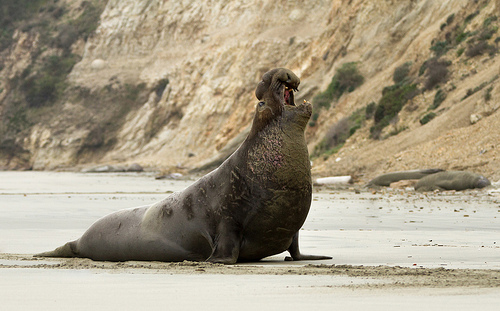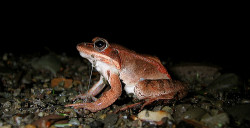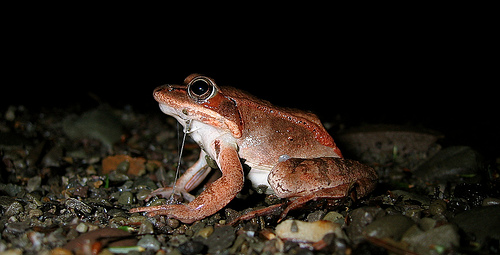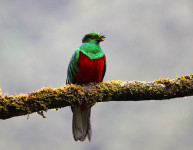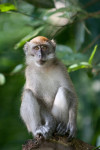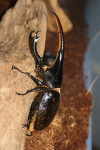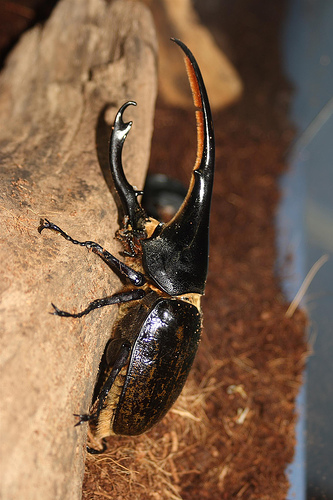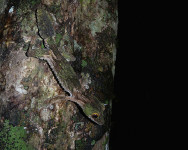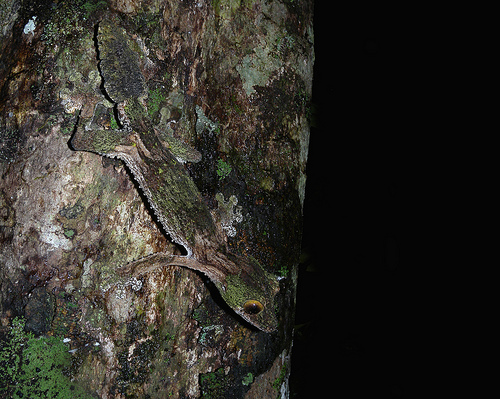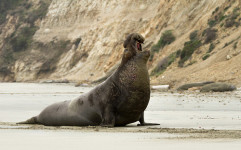
Don’t let an elephant seal squash you.
- Elephant seals are two species of seal, the ‘northern’ and the ‘southern’, native to Pacific Ocean coastal waters of North and Central America, and coastal waters of the Southern Hemisphere, respectively.
- The scientific name of an elephant seal is Mirounga, and it is from the family Phocidae, the family of earless or true seals, and it is also known as a ‘sea elephant’.
- Elephant seals can grow to be 3 to 6.1 metres (10 to 20 feet) in length, and weigh 900 to 4,000 kilograms (2,000 to 8,800 pounds).
- Elephant seals can hold their breath for up to two hours or more, which exceeds the time of any other marine mammal.
- The diet of elephant seals primarily consists of fish, squid, eels, sharks and skates, and they are preyed on by sharks and orcas.
A Northern Elephant Seal
Image courtesy of Frank Schulenburg/Flickr
- Elephant seals have a greater blubber layer than fur, which traps body heat and protects the animal from the cold; and they shed their skin each year, and remain on land for a couple of months as it regrows.
- Mature female elephant seals usually give birth to one pup annually, and they have a lifespan typically ranging from 14 to 22 years.
- Although classified as ‘least concern’, elephant seals are threatened by collisions with boats and fisheries, as well as rubbish and wreck entanglements; and the mammal has been previously hunted to dangerously low populations, but they have been protected since 1972 in the United States.
- Elephant seals are generally coloured a combination of brown, grey, black and tan in colour, and the males feature a nose similar to an elephant trunk, hence their common name.
- Elephant seals can dive to depths of over 2,300 metres (7,546 feet), although 300 to 600 metres (984 to 1,968 feet) is the average.
Bibliography:
Elephant Seal, 2013, A-Z Animals, http://a-z-animals.com/animals/elephant-seal/
Elephant Seal, 2015, National Geographic, http://animals.nationalgeographic.com.au/animals/mammals/elephant-seal/
Elephant Seal, 2015, Wikipedia, http://en.wikipedia.org/wiki/Elephant_seal
Amazon:





